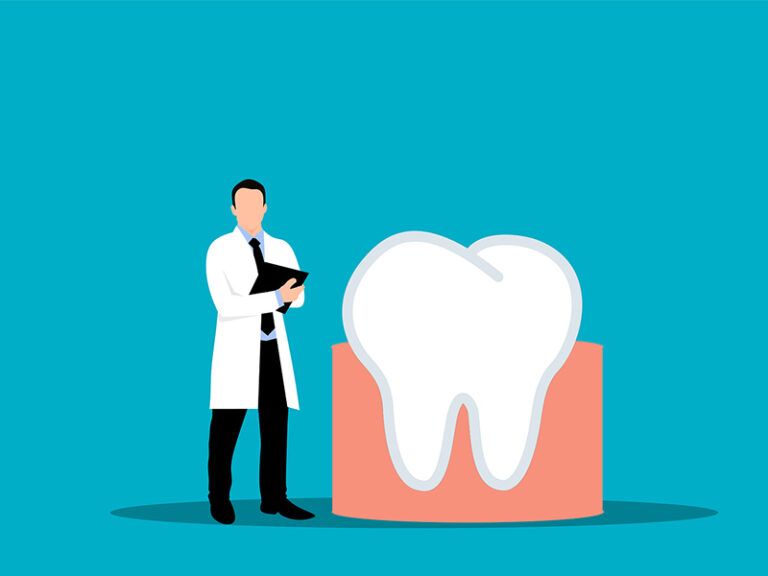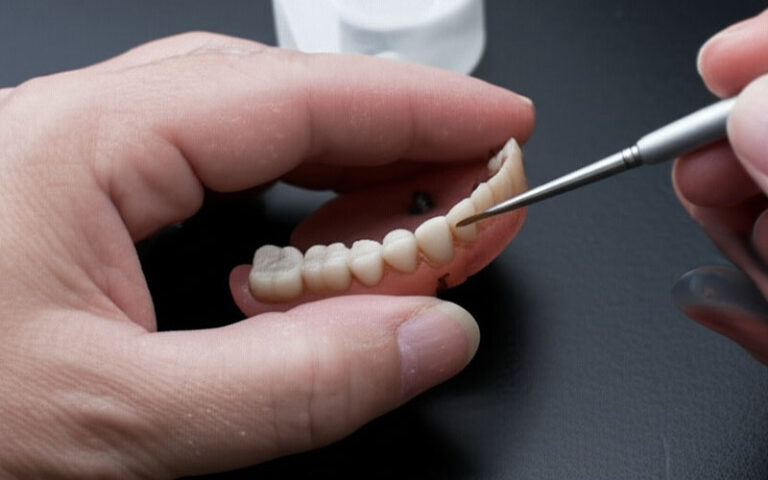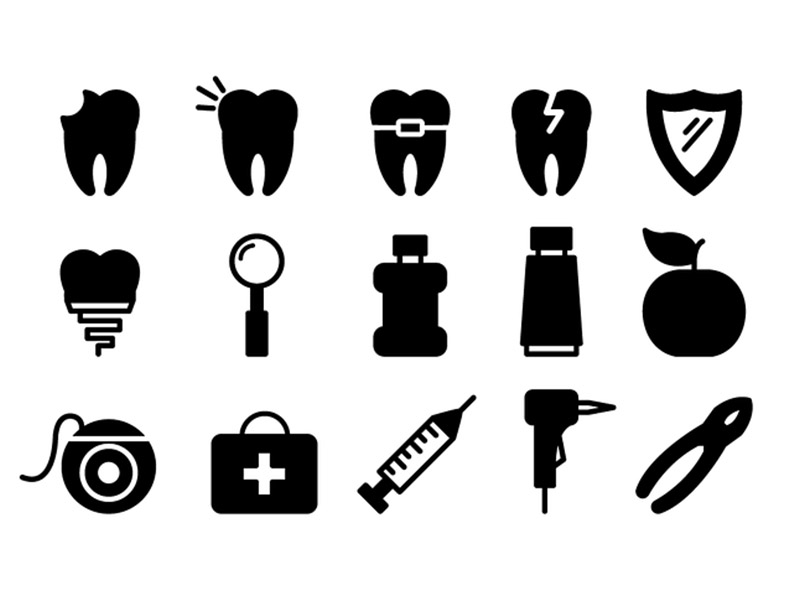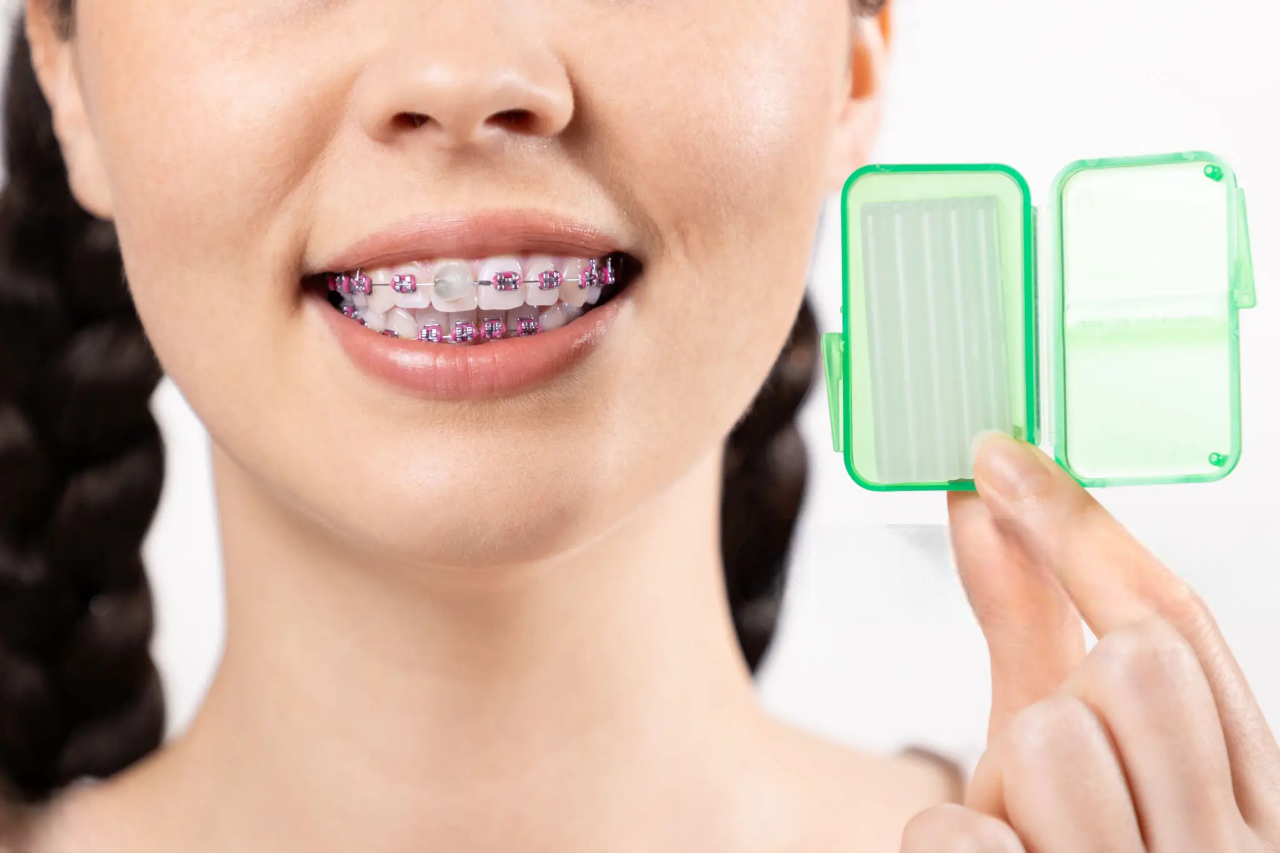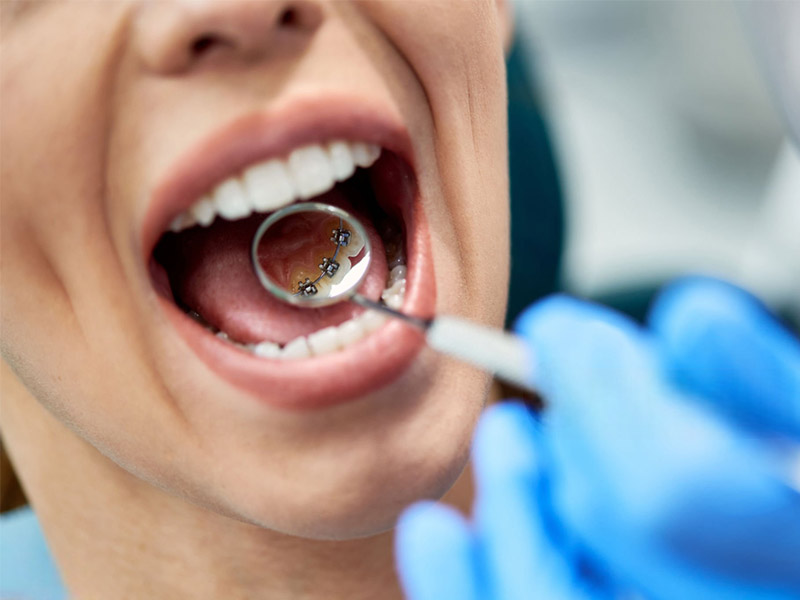
Lingual Braces: What Are They? Types, Good and Bad Points, and Other Options
By someone who’s actually worn them—real experience, honest advice, and everything I wish I’d known before picking lingual braces.
Table of Contents
My First Time Hearing About Lingual Braces
I can still picture the way I used to cover up my smile with my hand at parties. Having crooked teeth wasn’t the worst thing ever but, as an adult working with clients all the time, I didn’t want metal braces to be the first thing people saw when I opened my mouth.
A friend mentioned “lingual braces”—the kind that go behind your teeth so no one sees them. Honestly, it sounded like a magic trick. But I got to reading and the more I found out, the more interested I got. That’s how my whole journey started, and why I’m writing this article for you—so you can pick what’s right for your own smile.
What Are Lingual Braces? (And How Do They Really Work?)
Picture regular braces, but turned backwards. Instead of sticking to the front of your teeth, with lingual braces, everything gets glued on at the back, right near your tongue.
For me, the orthodontist used a computer to show how brackets and wires fit along the back (the “lingual” side) of my teeth. These are hidden braces. Unless you’re sitting in the dentist chair and open real wide, no one sees them. All the metal bits are made to fit the weird shapes inside your mouth—one of the reasons why they’re fancier than regular braces.
How do they work? Pretty much the same as normal braces: brackets and wires press gently on your teeth over time and move them into place. The only big difference? The pressure comes from inside your mouth instead of outside, so it’s a lot harder for anyone to spot.
If you’re wondering if they’re right for you, here’s what I found: adults and working folks love them because they hide well. But, trust me, they can fix bigger problems too—stuff like overbites, underbites, teeth growing in wrong—you name it.
Different Types of Lingual Braces: The Main Choices
I thought all lingual braces were the same when I started. Nope! Here’s what I learned:
Custom-Made Lingual Braces (Incognito, Harmony, etc.)
The cool part is how personal they are. My orthodontist took 3D scans of my teeth to get a perfect mold. Brands like Incognito or Harmony use these scans to make each bracket and wire to fit you, not just anyone. Nothing “one size fits all” about it.
- Incognito Braces: Maybe the most popular. Super custom, only for orthodontists with extra training.
- Harmony System: Also custom, also built for your exact teeth.
- There are other brands, but the idea is the same: more custom usually means better fit—and maybe quicker, easier fixes too.
How Lingual Braces Systems Differ
Here’s how they really vary:
- Some brackets use 3D printing, others don’t
- The wires can be different
- Most important: your orthodontist’s skill with that system
I was shocked by how much extra work goes into designing these braces. That’s part of why they cost more—and why lots of dentists don’t even offer them.
The Good Stuff: Why I Picked Lingual Braces
I chose lingual braces for two basic reasons: I wanted my teeth straight, and I didn’t want anyone to know I was fixing them. But there’s more to it than just looks.
1. Really Invisible
Sixteen months of treatment, and not once did anyone—at work or at home—spot my braces. I ate, I ran meetings, I took photos. I could smile freely.
2. Fixes Hard Cases
Some people just need to move one or two teeth. Mine were all over the place, with crowding and bites going the wrong way. Lingual braces worked just as well as metal ones for me. My orthodontist even showed me some wild before-and-afters.
3. No Marks on the Front of Your Teeth
Regular braces sometimes leave chalky spots or marks on your teeth up front. With lingual braces, if this happens, it’s on the back—no one sees it.
4. Great for Adults
Most folks with lingual braces are grown-ups who want the fix but don’t want the look. If you work with people all day, this is a big deal.
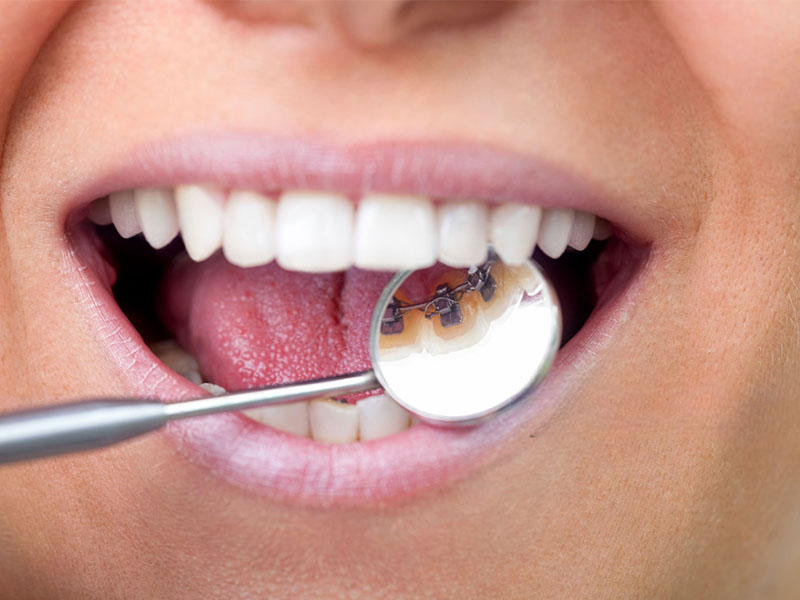
The Downsides: Things I Didn’t See Coming
They aren’t perfect. Here’s what I wish I’d known.
1. Your Tongue Will Suffer—At First
For the first few weeks, it felt like my tongue was running an obstacle course every time I tried to speak. The braces rubbed, and I had some tiny sores in there. My “S” and “T” sounds went funny, and I had a mild lisp for a bit.
My speech got better fast, but just a heads up: almost everyone’s mouth feels weird at first.
2. The Price Hurts
This hit my wallet hard. I paid a bit over $9,500 in the US—about 30% more than my brother paid for metal ones. Lingual braces cost more because they’re special-made and the orthodontist has to learn new tricks to use them. Insurance didn’t help much. But I did get a payment plan.
3. Tougher Appointments
Getting adjustments took extra time. The dentist needs special tools and sometimes my mouth got tired from being open so wide.
4. Cleaning’s No Joke
Brushing and flossing was like learning a whole new game. I bought a water flosser and little brushes after I got food stuck the first time. Keeping things clean went from easy to something I had to really focus on.
5. Not Many Orthodontists Do This
Finding a good “lingual” orthodontist was tricky—especially outside big cities. Some places just didn’t offer them at all. I checked the American Association of Orthodontists’ website, then called around until I found a good one.
What Happens During Treatment (From Start to Finish)
You might wonder, “What’s it like every day?” Here’s what happened for me:
The First Visit
I started with a visit, digital mouth scans, and x-rays. My orthodontist checked my bite and went over all the choices and prices—no pushy sales talk.
3D Scans and Making the Braces
After I said yes, they used 3D scanners to make sure everything would fit. These files went to a lab (mine was Incognito) that made my braces just for me.
Getting the Braces On and the First Weeks
Getting them put on wasn’t a big deal. But once I got home, my tongue couldn’t stop poking at all the new bumps. My speech got funny and my mouth felt sore. For the first week, I stuck to soft foods.
Check-Ups
Every month or so, I went in to have things tightened or checked. These visits lasted longer than my friend’s regular braces appointments, mainly because everything is harder to get to. Sometimes a bracket popped off and needed fixing.
Taking Them Off and Keep Them Straight
After about 18 months, my braces came off. I got a clear retainer to wear at night. My orthodontist said, “Don’t stop wearing it—your teeth want to move back!” So I listen.
What Do Lingual Braces Cost? (And Are They Worth It?)
Here’s what I found out about the money side:
- USA: $8,000 to $15,000 is normal. Simple cases might be cheaper, hard ones are more.
- UK: £5,000 to £10,000 or more. Usually not on the NHS.
- Insurance? Don’t count on it unless you have really great coverage. Most offices offer payment plans.
- Why so pricey? Because everything’s made just for you, and the dentist has to work extra slow and careful.
Was it worth it? For me, yes. Smiling without feeling embarrassed was worth every penny.
Other Choices Besides Lingual Braces
Not everyone needs lingual braces. Here’s what else you can pick:
Clear Aligners (like Invisalign)
If you want something you can take off at lunch and that’s almost invisible, clear aligners like Invisalign are a top pick. They’re great for easy cases, not so great for really wonky bites. My case was too tough for aligners, my orthodontist said.
Regular Metal Braces
The “classic”—they work well, cost less, and are smaller than in the old days. But they’re still right there for everyone to see.
Ceramic Braces
Kind of like metal, but the brackets are clear or tooth-colored. Less noticeable, but you can still see them up close. If you don’t clean them, they can stain too.
Self-Ligating Braces
Easier to adjust and sometimes quicker, but not any less visible.
Picking What’s Best
Think about what matters most to you: looks, price, how tricky your teeth are, and your day-to-day needs. A good orthodontist should explain the options and let you choose without pushing.
Living With Lingual Braces: Tips, Tough Spots, and Wins
Let me be straight—it took weeks to feel normal. Here’s what helped me:
- Speech: Don’t panic about a lisp. Keep speaking out loud (I read to myself) and it goes away.
- Soreness: Dental wax is your friend. Cover sore bits until your mouth gets used to things.
- Food: Stay away from caramel and crusty bread. I sliced everything smaller and chewed slowly for months.
- Brushing: Get a water flosser and the right brushes. Set a timer to make sure you actually clean well.
- Check-ups: Never miss a visit. Small problems get bigger fast if you don’t fix them early.
- Find Your People: There are support groups online. Chatting with others going through the same thing helped a lot.
Most important? Be patient. You won’t see changes right away. Then suddenly, one day, you’ll look in the mirror and be shocked at how different your smile is. That’s when it feels worth it.
Wrapping Up: Are Lingual Braces Really for You?
Getting lingual braces was both scary and exciting. If you want straighter teeth, but can’t stand the thought of visible metal for months (or years), these braces really might be what you’re after. You’ll pay more, and you’ll need to get through some sore, awkward weeks, but if keeping things hidden is your top priority, it delivers.
Everyone’s different. What worked for me might not work for you, and that’s okay. Go talk to a good orthodontist, get honest advice, and don’t let anyone rush you.
If you do choose lingual braces, know it takes effort, but the reward—a better smile, no “braces face” in photos—is real. I’d do it again.
Hope my story makes you feel a little more ready to choose. If you’ve got questions, just ask a pro. Your smile’s worth it!

